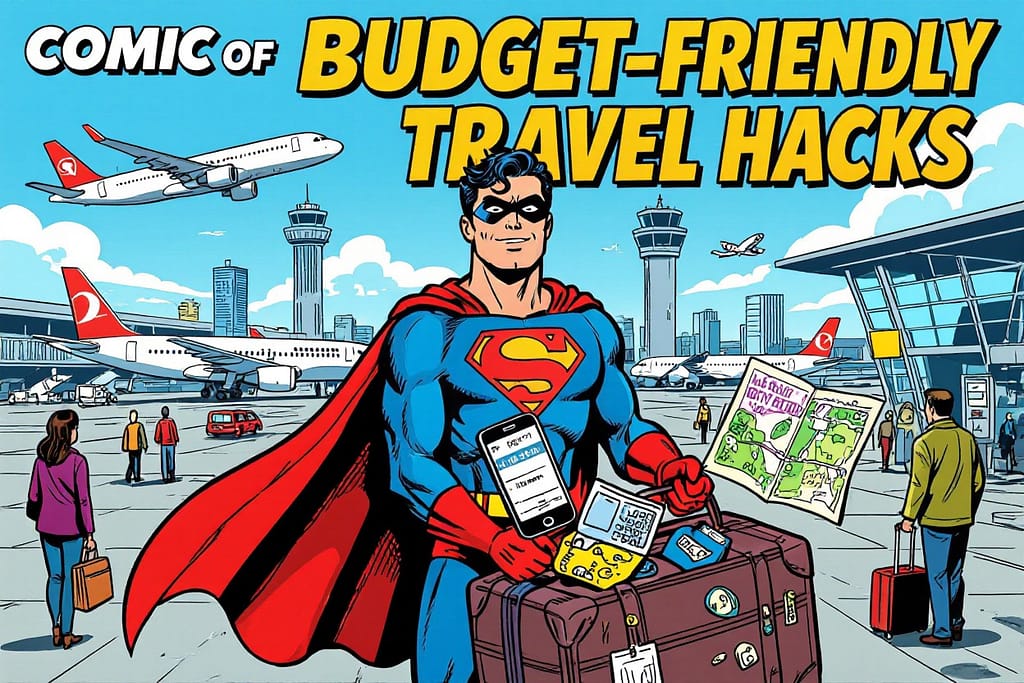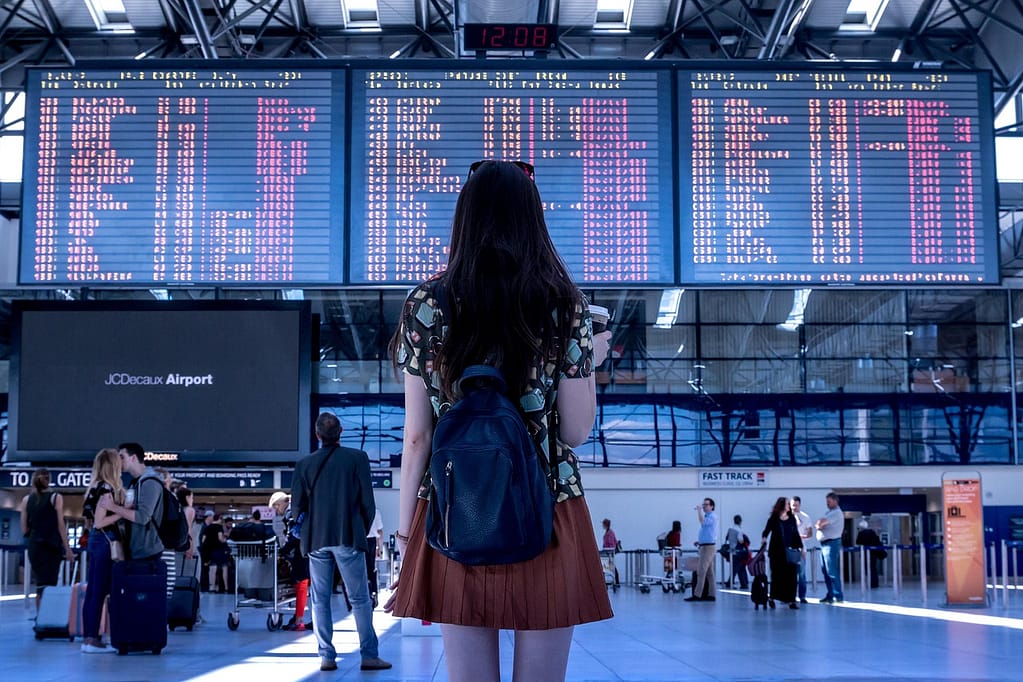
Hacks for saving money on flights can transform the way you travel without breaking the bank. By understanding the timing of bookings, exploring alternative routes, and leveraging loyalty programs, you can unlock significant discounts that airlines rarely advertise. These insider strategies give you control over your travel expenses, allowing you to spend more on experiences and less on airfare. With a few simple adjustments, your next trip can be both affordable and enjoyable, putting you ahead in the game of smart travel planning.
Contents
Key Takeaways:
- Booking flights mid-week, especially Tuesday through Thursday, often yields the lowest fares, with Wednesday afternoons being prime times to secure deals.
- Flying during off-peak hours or days and using flexible date search options can significantly reduce flight costs.
- Purchasing connecting flights through major hub cities instead of direct flights can lead to substantial savings and unique travel experiences.
- Utilizing airline stopovers, sometimes offered for free, allows travelers to explore additional destinations without extra airfare.
- Choosing the right travel credit cards provides valuable perks such as mileage bonuses, free checked bags, and expedited airport security services.
Timing Is Everything: Mastering When to Book
Spotting the perfect moment to book your flight can slash your travel expenses dramatically. Airlines often shift prices fluidly, responding to demand, booking patterns, and their own financial strategies. By aligning your booking date with established trends, you unlock significant savings that casual travelers frequently miss. Observing when your credit card billing cycle resets or when price dips commonly occur can turn a costly airfare into a budget-friendly one, extending your travel budget further than expected. This approach isn’t about luck—it’s about leveraging patterns and timing to your advantage.
Putting timing into practice means sitting down with precise insights rather than vague hunches. You’ll find that aiming to book flights early in the month or right after your billing cycle turns over often offers a longer runway to pay off your trip, while snagging fares mid-week aligns with airlines’ pricing algorithms targeting business and leisure travelers differently. These strategies let you not only manage cash flow effectively but also capitalize on when airlines offer their best deals.
The Secret to Monthly Booking Cycles
Tracking your credit card’s billing cycle creates a hidden edge in managing flight purchases. For instance, if your billing period ends on the 28th, booking flights right after that date means you vitally have until the next billing date—sometimes nearly two months—to pay your balance. This window makes hefty travel expenses more manageable, giving you breathing room to budget or plan additional expenses before payment is due.
Besides easing cash flow, targeting your booking right after your billing cycle resets can sometimes coincide with fare price dips. Airlines often release discounted seats early in the billing month, so syncing your booking with your credit card’s cycle ensures you maximize savings while optimizing your payment schedule. By making your flights work for your financial calendar, you edge closer to traveling smarter, not just cheaper.
Optimal Days and Times for Bargain Flights
Studies tracking airline pricing trends consistently reveal that the sweet spot for booking affordable flights lands mid-week—specifically Tuesday through Thursday. Several analyses, including research from FareCompare.com, pinpoint Wednesday afternoons around 3 PM Eastern Time as the prime booking window. During these hours, airlines adjust fares in response to weekend and business travel bookings, often resulting in lower prices that savvy travelers can scoop up before they rise again.
Diving deeper, mid-week bookings work because airlines release fare discounts after monitoring demand from the previous weekend. Business travelers typically purchase tickets during the workweek, but leisure travelers often wait until weekends to plan, creating a temporary pricing lull midweek. Booking flights during off-peak hours on these days, like mid-afternoon, can unlock deals otherwise unavailable during peak browsing times, saving you untold money.
By honing in on these timing patterns, you can approach your flight search armed with a precise schedule. Combine this with setting fare alerts to track shifts around your ideal booking days, and you’re positioning yourself to jump on deals the instant they appear—before prices climb back up. Patience blended with targeted timing becomes your secret weapon in mastering airfare costs.
Flexibility Equals Savings: Off-Peak Travel Strategies
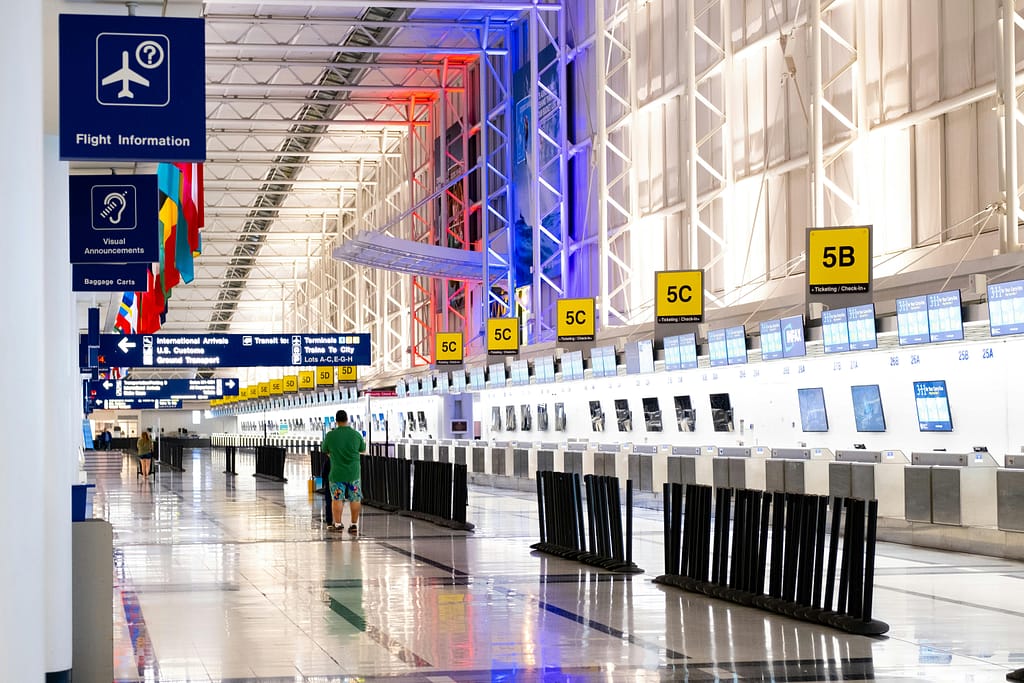
Fleeting moments of price drops often hide in the edges of standard travel days. By shifting your departure or return dates away from peak demand—like the typical Sunday afternoon rush—you take advantage of airlines’ less crowded seats, which they sell at discount rates to fill the plane. Using flexible date search tools on platforms like Kayak or Google Flights allows you to scan +/- 3 days around your preferred travel window, uncovering flights that can be hundreds of dollars cheaper simply because they fall on a Tuesday or Wednesday. Those mid-week flights usually come with less competition and better fares, turning your willingness to adjust schedules into direct savings.
Late-night red-eye flights and early-morning departures are other goldmines for budget travelers. Though these times might seem inconvenient, they often come at significant discounts. Airlines are highly motivated to sell these seats, which tend to be less desirable, offering you a chance to snap up deals that traditional peak-hour flyers overlook. If you’re okay sacrificing a bit of comfort for price, these off-peak windows can deliver lower fares without compromising your overall itinerary.
Embracing Low-Demand Travel Days
Midweek travel isn’t just a trend—it’s backed by data. According to FareCompare, Wednesday at 3PM ET consistently emerges as the most advantageous booking time, reflecting how demand dips midweek. Flying on Tuesdays or Wednesdays can often save you 10-30% compared to weekend departures, especially for domestic routes. Since business trips usually start on Monday and leisure travelers plan around weekends, these days experience less traffic, leading airlines to offer competitive prices to fill seats.
You might also find compelling opportunities flying on Saturdays or late Sunday nights, times typically avoided by many travelers. These off-peak days are windows where airports are less crowded, security lines shorter, and boarding smoother, giving you a better travel experience on top of the savings. By embracing these low-demand travel days, your flexibility transforms into tangible benefits, both financial and logistical.
The Art of Lengthy Layovers as Budget Opportunities
Long layovers often come with bad reputations, but savvy travelers turn them into mini-adventures that slash travel costs. Airlines sometimes offer cheaper routes with extended stopovers in major hubs—think a 24-hour pause in Dubai on Emirates or up to seven days in Reykjavík with Icelandair. Rather than paying extra for direct flights, you split your journey into parts, capitalizing on separate fares that combined, are significantly lower. With a bit of planning, layovers become opportunities to experience another destination for free or minimal cost.
Besides savings, lengthy layovers can add a whole new dimension to your trip. Instead of rushing through an airport, you get time to explore a city’s highlights, recover from jet lag, or simply unwind. For example, spending a day soaking in the Blue Lagoon near Reykjavík, or grabbing a quick city tour in Dubai, turns a forced pause into an enriching excursion that most travelers miss out on.
Adding to this strategy, airlines sometimes allow you to customize these stopovers by calling their customer service to extend layover durations beyond what’s automatically offered. This tactic, paired with booking a secondary local carrier for the last leg—as with connecting through Taipei en route to Bali—can multiply savings while expanding your travel experiences. The key lies in scouting the flight patterns and being open to unconventional routing; this flexibility often yields unbeatable fares and unique cultural pit stops along the way.
Hidden Routes: Connecting Flights to Unlock Cheap Fares
Discovering cheaper fares often means breaking away from the traditional nonstop flight mindset. By splitting your journey into separate legs with connecting flights, you can tap into routes that airlines seldom promote but frequently offer substantial savings. For example, instead of booking a direct flight from New York to Bali, flying first to a major hub like Taipei or Singapore and then grabbing a budget airline ticket onward can save you hundreds of dollars. These connections allow you to capitalize on competitive pricing between regional carriers and avoid premium pricing on long-haul nonstop routes, stretching your travel budget further while adding exciting opportunities to explore new cities during layovers.
Sometimes, the cheapest path involves stitching together multiple airlines, even those outside the usual alliance partnerships. When you book flights independently rather than as a single itinerary, you gain flexibility to mix and match carriers, routes, and stopover durations. This approach requires extra planning, such as allowing sufficient time between connections and being prepared for separate check-ins, but the financial payoff can be significant. In fact, savvy travelers routinely find deals saving $300 or more by piecing together multi-leg journeys that appear less obvious on conventional booking sites.
Exploring Secondary Airports for Affordable Connections
Secondary airports often fly under the radar but can hold the key to unlocking dramatically lower fares. For many international destinations, these smaller airports operate with lower fees and attract budget-friendly airlines eager to compete. For instance, instead of flying into London Heathrow, consider booking to London Gatwick or even Luton—each serves as a hub for low-cost carriers and often has flight options hundreds of dollars cheaper on the same day. This strategy works best when you factor in time and transportation costs from these airports, but with efficient public transit options, the overall savings usually outweigh the added logistics.
Cities like Milan (using Malpensa instead of Linate), New York (via Newark instead of JFK), and Tokyo (Narita versus Haneda) provide similar opportunities. You can track fares to these secondary airports using search filters or price alerts and cross-compare. Occasionally, booking separate tickets between your major international arrival and these smaller airports extends your flight itinerary but slashes ticket costs. When done right, you gain access to budget airlines like EasyJet, Ryanair, or Peach Aviation that rarely show up on mainstream travel agencies.
Multi-city bookings aren’t just for complex business trips — they can be strategically used to increase the value of your airfare. By adding a layover longer than 24 hours in a city you wouldn’t otherwise visit, you transform your stop into an extra destination at no additional flight cost. Airlines often price these itineraries competitively, especially on international routes, letting you explore multiple cities while locking in fares below what separate one-way tickets would cost.
Building your own multi-city journey requires flexibility with dates and airports, but the rewards include more immersive experiences plus savings. For example, flying from Los Angeles to Barcelona with a 48-hour stop in Lisbon might reduce your overall airfare by hundreds compared to direct routes. Many search engines, including Kayak and Google Flights, offer easy-to-use multi-city tools that let you layer stops seamlessly and compare different combinations — enabling you to customize your trip according to budget and interests.
If you’re comfortable tweaking schedules, multi-city itineraries open doors to discovering hidden gems and maximizing every dollar spent on airfare. They also blend well with the use of airline alliances and travel rewards on your credit cards, since many frequent flyer programs count all legs toward elite status or mileage accrual. Experimenting with this method turns each flight into a chance to extend your travel horizons without inflating costs.
Financial Safeguards: Smart Spending and Insurance
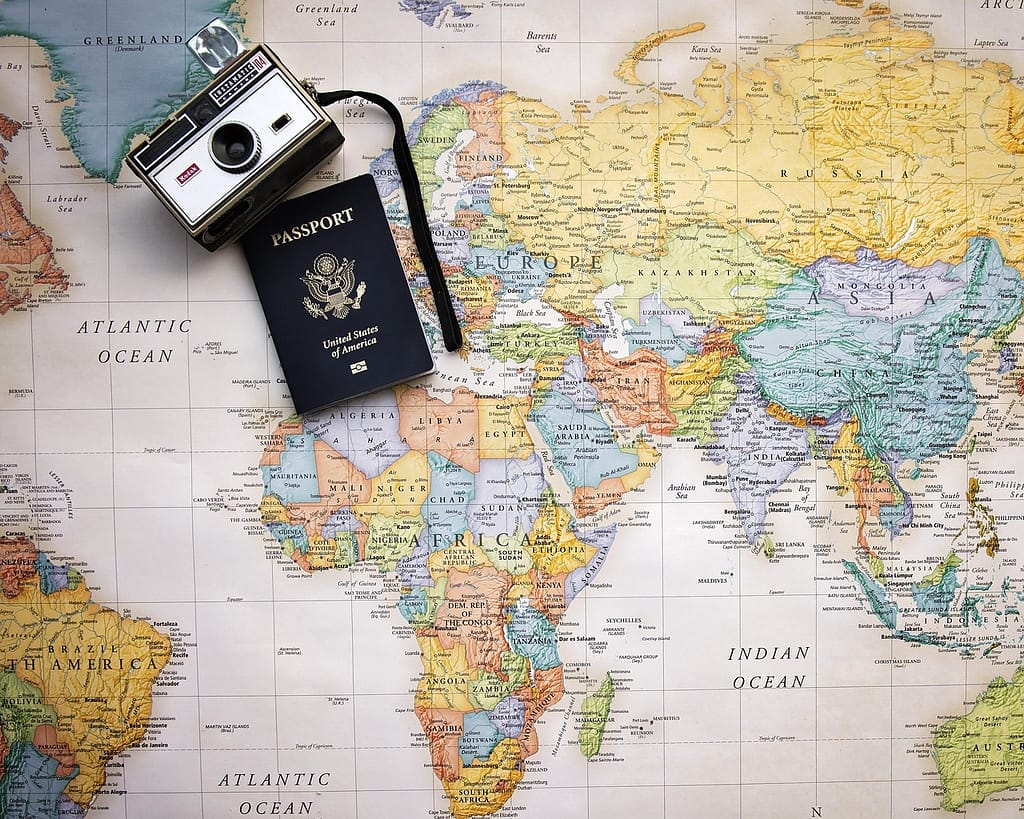
Travel hacking isn’t just about snagging cheap flights—it also means protecting yourself financially from unexpected setbacks. Flight cancellations, missed connections, and sudden changes in plans are stressful enough without the added burden of losing all your money. Travel insurance policies that cover trip interruption, medical emergencies, and even lost luggage can turn potential disasters into minor inconveniences. Choosing a flexible plan that aligns with your itinerary can save you a lot of hassle and unforeseen costs down the line. For example, a 24-hour stopover in Dubai suddenly becomes a risk-free mini-adventure when you’re covered for delays or cancellations that might otherwise force a pricey rebooking.
Smart cash flow management ties closely into this protection strategy. By leveraging credit cards with extended billing cycles, such as those with billing dates toward month-end like the 28th, you gain additional time to pay for your flights without immediate out-of-pocket expenses. Stretching your payment window means you can prioritize experiences at your destination instead of stressing about upfront flight costs. Layer this approach with travel insurance, and you build a safety net that lets you book confidently, knowing you have both time to pay and protection if things go sideways.
Choosing the Right Travel Insurance for Peace of Mind
Picking the travel insurance that fits your trip’s particular risks pays off in spades. Look for providers like World Nomads, which offer comprehensive coverage on trip cancellations due to illness, emergencies, or weather disruptions. Policies that include coverage for a business partner getting sick or a family emergency can be real lifesavers when your travel plans depend on others. If your trip is multi-destination or includes long stopovers, check that the insurance covers the entire span, not just the initial flight.
Understanding exactly what your policy covers saves headaches later. Many travelers overlook add-ons like coverage for electronic devices, trip delays, or evacuation services that may feel unnecessary until you suddenly need them. For instance, an unexpected storm grounding all flights at a major hub puts you at the mercy of airline accommodations—unless your insurance covers alternative lodging and rebooking fees. Some policies even include 24/7 customer service that facilitates these changes quickly so you’re not stuck navigating language barriers or airline bureaucracy alone.
Leveraging Credit Card Rewards to Offset Travel Costs
Optimizing credit cards isn’t only about picking the card with the highest miles per dollar spent. Card selection based on perks like free checked bags, priority security clearance, or transferability of points can slash otherwise hidden travel expenses. Cards like the American Express Platinum or the Citi / AAdvantage® Executive World Elite Mastercard bring more than miles; they deliver traveler benefits that extend from airport arrival to landing. The convenience of TSA Pre-Check or Global Entry covers jet-lagged travelers in long security lines, adding to your in-trip savings by reducing stress and saving time.
Strategically timing your purchases to coincide with your credit card’s billing cycle also doubles as a cash flow hack. Booking flights immediately after your billing date can give you nearly two months to pay, making travel budgeting more manageable. Some cards offer sign-up bonuses like 30,000 miles or points, which can be enough to offset the cost of a domestic flight. Others allow you to transfer points between programs—American Express and Delta’s partnership is a perfect example—which increases flexibility in how you redeem rewards.
To deepen your rewards game, consider cards that accumulate points quickly on travel-related expenses beyond just flights, such as hotels and dining. Keeping an eye on rotating bonus categories or limited-time offers can multiply your miles for everyday spending, turning routine purchases into travel currency. Using these rewards alongside careful trip planning helps ensure your hard-earned points directly reduce your total travel spend, rather than sitting unused in your account.
Airline Alliances: The Workings of Frequent Flyer Programs
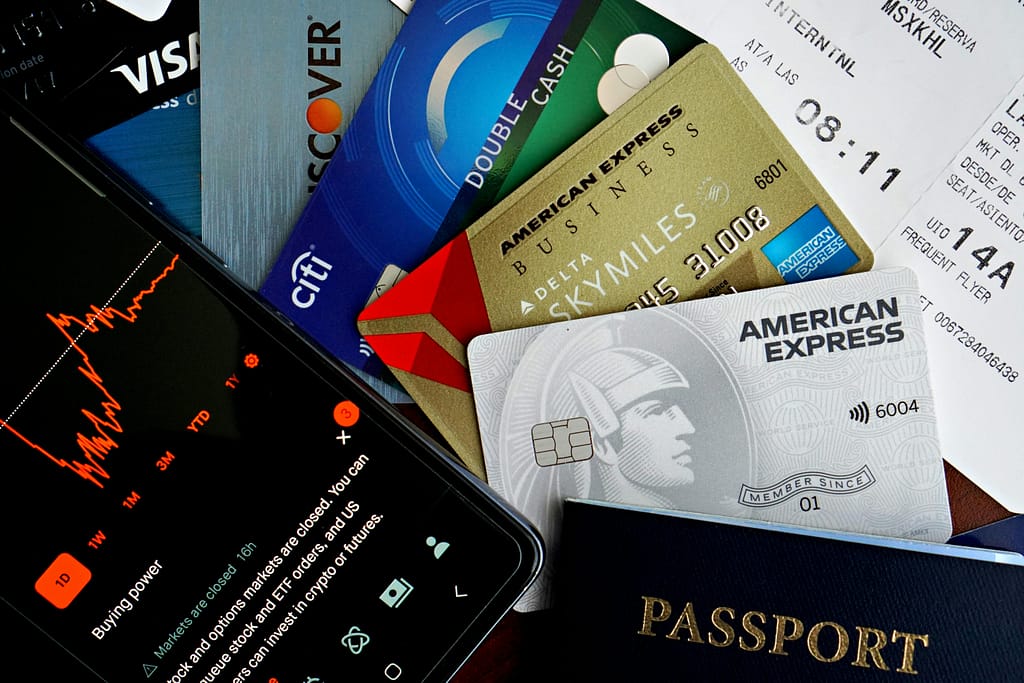
Understanding the Networks Behind Major Airlines
You’ll find that most international and domestic flights are operated by airlines belonging to one of three major alliances: Star Alliance, OneWorld, and SkyTeam. Each alliance represents a network of airlines that coordinate routes, schedules, and frequent flyer benefits to provide seamless travel across multiple carriers. For example, Star Alliance includes United, Lufthansa, and EVA Air among its members, while OneWorld features American Airlines, British Airways, and Qatar Airways. SkyTeam hosts Delta, Air France, and KLM, creating a global web to cover practically any destination you want with fewer hassles.
Because these alliances coordinate their operations, you can often book tickets that combine flights from multiple airlines within the same alliance, making international travel more convenient and sometimes more affordable. Aligning yourself with one of these groups means your miles and status are recognized across many carriers, allowing you to earn points and redeem rewards on partner flights without being locked into a single airline’s network. This flexibility can open up more routing options and faster ways to rack up frequent flyer miles.
Maximizing Points Across Airlines for Cost-Free Travel
To squeeze the most value out of frequent flyer programs, strategize by pooling points within an alliance rather than scattering them across unrelated airlines. For instance, booking Delta flights through American Express Travel earns you double points on AMEX cards and additional SkyMiles with Delta itself—a powerful combo that accelerates your points balance exponentially. Since Delta is part of SkyTeam, those miles can be redeemed for awards on other partner airlines like KLM or Air France, effectively broadening your redemption options.
Travelers often overlook the ability to transfer or combine points between credit card programs and airline partners within these alliances. This coordinated effort means you can top off your frequent flyer accounts by using credit card points or moving miles between related programs, avoiding the frustration of underutilized small balances. Consolidating miles accelerates your access to free flights or upgrades, sometimes turning what feels like incremental earning into a fully cost-covered trip.
Additionally, focus on credit cards that offer partnership bonuses and perks tied to your preferred alliance airlines. For example, some cards come with waived baggage fees or prioritized boarding on certain carriers, which adds to your overall savings. Leveraging status and credit card benefits together can dramatically reduce out-of-pocket costs and elevate your travel experience without blowing your budget.
Summing up
Ultimately, mastering budget-friendly travel hacks that airlines don’t want you to know empowers you to take control of your travel expenses without sacrificing the quality of your experience. By strategically timing your bookings, exploring alternative routes, taking advantage of stopovers, and utilizing the right credit cards and frequent flyer programs, you can significantly reduce your flight costs. These insider techniques transform flight hunting from guesswork into a science, allowing you to spend more on the destinations and experiences that matter most to you.
As you incorporate these proven strategies into your travel planning, you’ll find yourself flying smarter and saving more, all while unlocking unique opportunities that typical travelers miss. This knowledge not only stretches your budget but also enhances the adventure, making every trip more enjoyable and financially sustainable. With your newfound understanding, you’re well-equipped to navigate the complex world of airfare and pursue your travel goals with confidence.

